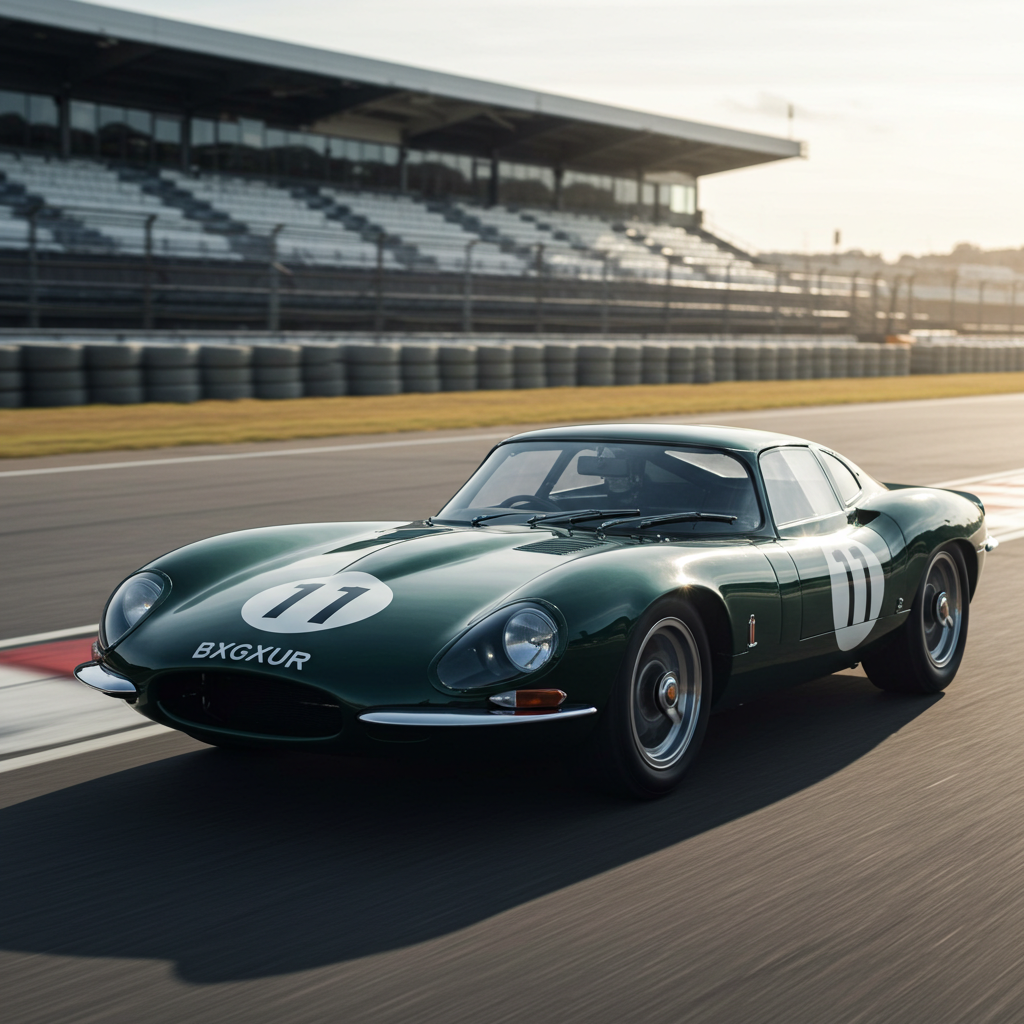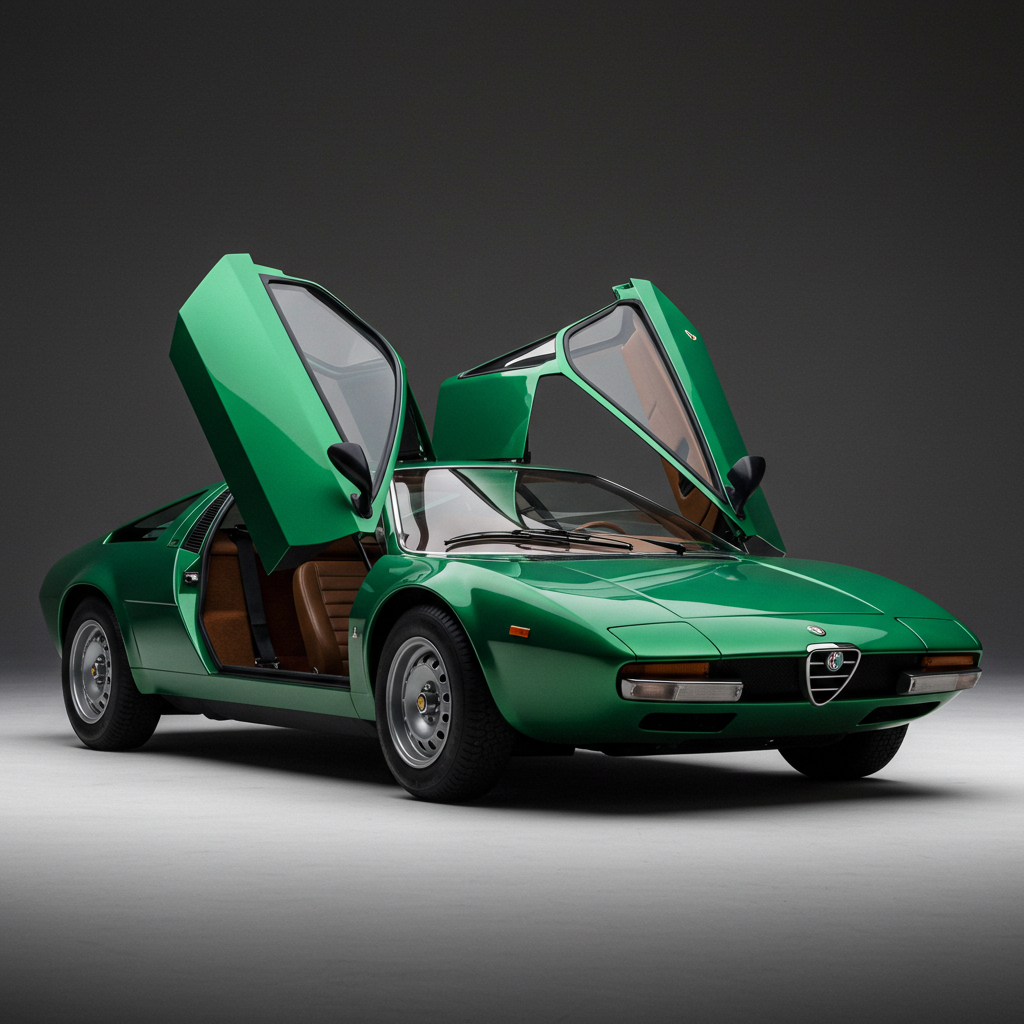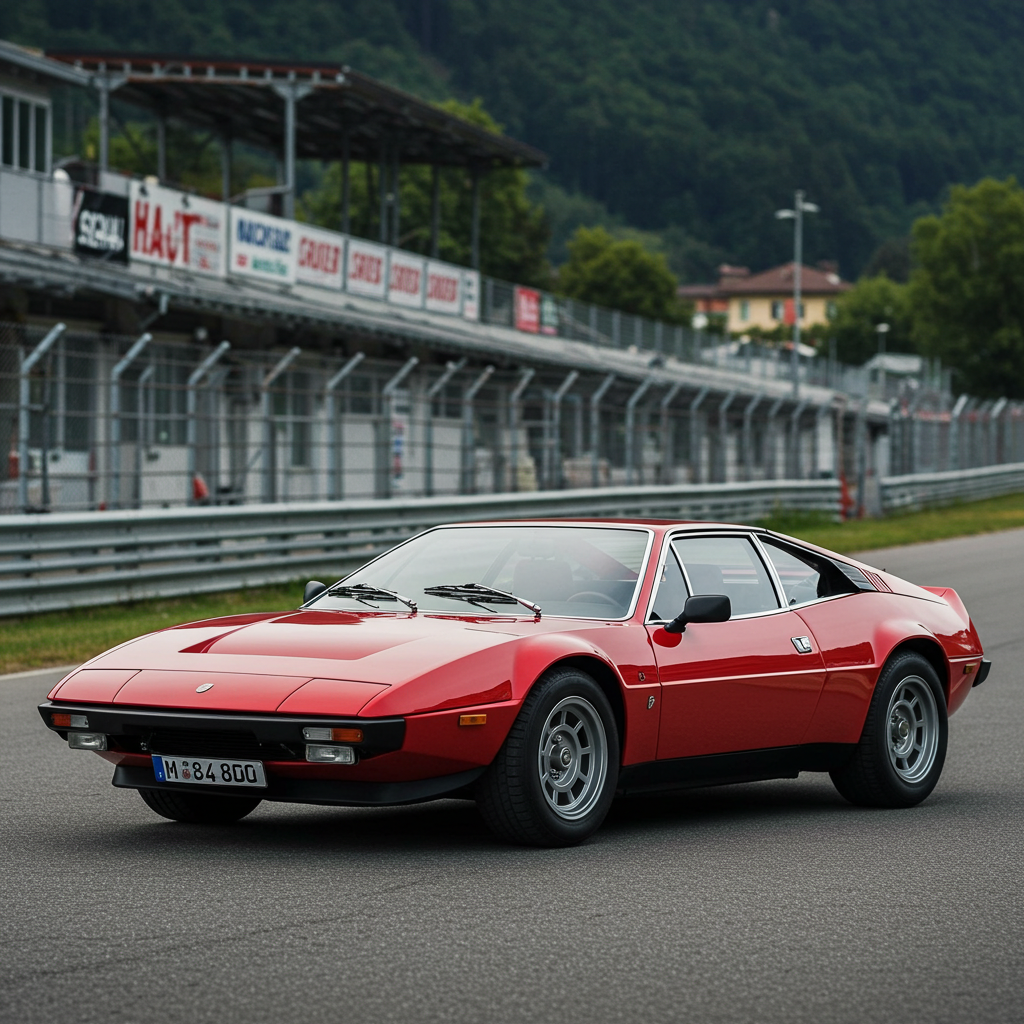Supercars That Never Hit the Road: The Greatest Rides Stuck in the Fast Lane of History
Let’s be honest, the epitome of automotive dreams is the supercar. These machines embody power, speed, and cutting-edge design. Even if there are many groundbreaking concepts, not all of them transition into reality. Many supercars were hailed as engineering marvels over the years, but sadly, many of them never made it past the prototype stage.
Here we have some of the greatest supercars with promises of redefining the automotive world, yet they remained elusive when it came to production.

Jaguar XJ13 (1966)
This one had the potential to change history in the automotive field. It could’ve become the first mid-engined supercar if things had turned out differently, beating the Lamborghini Miura to the title.
Back in the 60s, Jaguar created a racing car that could also work as a road car. The prototype wasn’t done until 1966. Until they brought it to its final form, other competitors managed to outdate it with cars such as the Ford GT40, dominating the Le Mans 24 Hours race between 1966 and 1969.
The project was abandoned, and the car was ultimately used for a few high-speed tests, unfortunately, it crashed badly during a filming season in 1971. After it’s been restored, they maintained it well, and now it resides at the British Motor Museum in Gaydon, becoming only a stunning reminder of what could have been.
Vauxhall XVR (1966)
A Vauxhall can be unexpected when it comes to the supercar industry. However, the XVR is the true exception. It’s a two-seater coupe, looking nothing like how a usual Vauxhall looks. With a clamshell-style connect, unique upward-opening doors with glass functioning as both side windows and part of the windscreen, and a rear-hinged tail, it was extremely outstanding.
The engineers wanted gullwing doors, and the design team insisted on a more unconventional vision. Three prototypes have been created and only one was functional. It was powered by Vauxhall’s slant-four engine, even though a smaller engine was used when debuted at the 1966 Geneva Motor Shows.
In a strange manner, the car was attacked with an axe during a display in Canada and was later scrapped. Of the two non-functional fiberglass versions, one survives today in the Vauxhall Heritage Collection, and the other one was dismantled according to company policy.

Alfa Romeo Carabo (1968)
Designer Marcello Gandini had an approach described as “abandoning the compass in favor of a ruler” by Alfa Romeo, due to its emphasis on designing it sharp and wedge-shaped.
Based on the Alfa 33 Stradale, a car derived on its own from the Tipo 33 race car, the Carab had the same 2.0-liter V8 engine, mounted just ahead of the rear axle.
This supercar was not only bold in appearance but also groundbreaking when it came to design; Gandini introduced scissor doors, a definitive moment for many future supercars. Another iconic car featuring this type of door is the Lamborghini Countach. Actually, you can notice how the Countach drew visual inspiration from Carabo’s striking, futuristic look.
Chevrolet Aerovette (1969)
The first mid-engined Corvette was introduced by Chevrolet in 2019, but the Aerovette was the first ambitious attempt to achieve this concept, and this happened back in the late 60s. It’s a design belonging to Zora Arkus-Duntov, often known as the “Father of the Corvette.”.
The Aerovette can’t be denied as a bold step forward when it comes to American supercars. It featured a pair of rotary engines that were able to produce 420 horsepower, meaning it was both lightweight and incredibly powerful.
The project faced several setbacks. For example. Chevrolet’s general manager, John DeLorean, canceled the Aerovette due to high costs initially. It was, however, revived in 1970 for a motor show only to compete with Ford’s support of the De Tomaso Pantera. Sadly, the Aerovette never made it to production despite the hype, and it’s probably because Corvette drivers were not ready to embrace the mid-engined design back then.
Mercedes-Benz C 111 (1969)
This was a mid-engined sports car with gullwing doors, and even if it was produced in many examples over the years, none of them were intended for public sale. The first 11 prototypes were powered by rotary engines, ranging from a three-rotor setup. They first produced around 280 horsepower, changing to a four-rotor producing 350 horsepower. These were the tests that convinced Mercedes that rotary engines were not the path to go for.
The latest versions used turbo diesel and went on to break many speed records during marathon testing at the Nardo track in Italy. Even more, they experimented with naturally aspirated 3.5-liter V8s and twin-turbocharged 4.8-liter V8s that produced around 500 horsepower.
The final version achieved a top speed of 250 mph, fixing the C 111 as a remarkable engineering experiment in automotive history, even if it never made it to production.
Ferrari Modulo (1970)
This one might have been one of the most futuristic cars that Ferrari ever created. The story starts with one of the 25 Ferrari 512 S race cars that have been retired from competition and handed over in Pininfarina. Here, the designer Paolo Martin reimagined it into a radical showpiece. With an extremely low, wedge-shaped design, nearly hiding all four wheels, it was never meant to be more than a show car. One of the most interesting features was the sliding glass canopy for entry, instead of traditional doors.
After 40 years after its debut, Modulo was restored, and it hit the road for the first time in 2018, finally bringing its daring design to life.
Ford GT70 (1970)
After their incredible success with the Ford GT40, they made another bold move with the Ford GT70. This one was designed as a rally car, and it was believed to own a 1.6-liter four-cylinder engine from the Escort RS or a V6 from the Capri RS2600. Because its center of gravity was lower, the four-cylinder engine was preferred to improve handling.
GT70 was piloted in the 1971 Ronde Cevenole Rally in France, where it suffered from reliability issues that Ford couldn’t resolve, unfortunately. The project was canceled after only six GT70s were built.

Monteverdi Hai (1970)
Peter Monteverdi, a Swiss entrepreneur, had already seen some success with high-speed models, aiming for something far more ambitious which led to the creation of Monteverdi Hai in 1970.
It was initially designed to compete with the Lamborghini Miura, powered by a 450-horsepower, 7.2-liter Chrysler Hemi engine. The Hayabusa boasted impressive power for its era, with a top speed of 175 mph and a 0-60 mph of just 5.5 seconds.
Monteverdi didn’t turn into a production car due to the high costs and the complexity of manufacturing such a supercar. In fact, only two prototypes were ever built, and the original car is displayed at the Geneva Motor Show. The Hay remained a fascinating “what could have been” in automotive history. 4
Lamborghini Miura (1966)
In the end, let’s have a little talk about the Lamborghini Miura, this supercar that many of these cars were built to compete with.
Lamborghini Mira is many times talked about as being the world’s first true supercar, setting the blueprint for what a high-performance car should be. With a mid-engine, sleek design, and groundbreaking performance, Miura stole the hearts of automotive enthusiasts. It was a revolution of its time, powered by a 3.9-liter V12 engine able to produce 350 horsepower and a top speed of 170 mph.
This piece of art is just another design of Marcello Gandini at Bertone. The Miura stunned the world with its curvy body, low-slung, and the whole dramatic styling. This was a moment that brought Lamborghini into the spotlight as a serious contender in the supercar world and cemented its reputation for daring bold automotive design.
If you’re an enthusiast, here is where you can get a miniature Vintage Lamborghini Miura. You can order it via Amazon and start or fill your collection.
Read next: 10 Hilarious Moments from Trump’s Presidency

